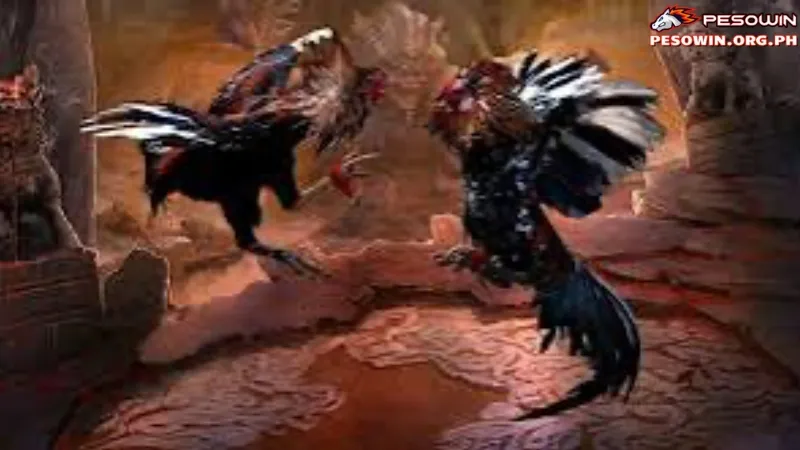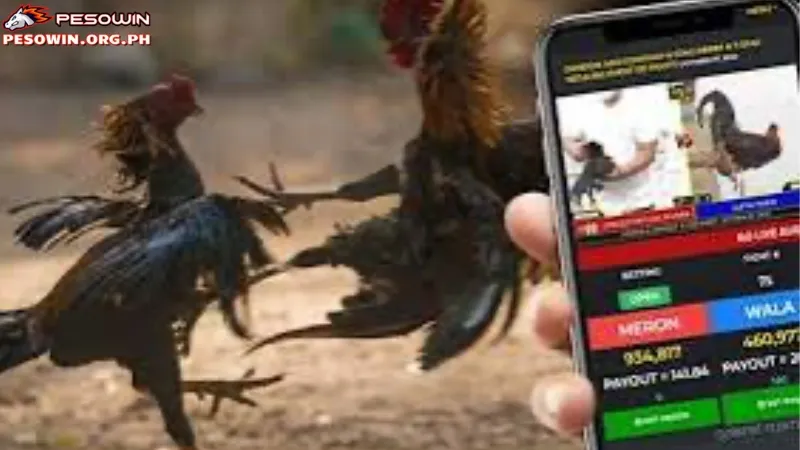Cockfighting, a brutal blood sport that involves pitting two roosters against each other in a fight to the death, has been a controversial form of entertainment for centuries. Although it has now become illegal in many countries, it was once a widely practiced activity with a long history dating back to ancient times. In this blog post, we will explore the origins of cockfighting, its rise as a global sport, the ethical debate surrounding it, and its eventual decline. We will also discuss alternative forms of entertainment that have emerged in its place and what the future holds for this ancient blood sport.
Unveiling the Origins of Cockfighting
The exact origins of cockfighting are unknown, but historical evidence suggests that it dates back to at least 6,000 years ago in Southeast Asia. It is believed that cockfighting originated in the Indian subcontinent and spread to other parts of the world through trade and migration.

In ancient times, cockfighting was often associated with religious ceremonies and was considered a form of divination. In some cultures, the outcome of a cockfight was seen as a sign from the gods and was used to predict future events. For example, in ancient Rome, the priest of Mars, the god of war, would observe the behavior of the roosters before a battle to determine whether the soldiers would be victorious.
With the rise of the Roman Empire, cockfighting spread throughout Europe and became a popular form of entertainment among the aristocracy. It was also introduced to the Americas by Spanish conquistadors in the 16th century.
The Global Rise of Cockfighting
As the popularity of cockfighting grew, it became more than just a religious or aristocratic pastime. It evolved into a full-fledged sport with organized competitions, betting, and breeding of specially trained roosters. Cockfighting became a source of entertainment for people from all walks of life and was particularly popular among working-class men.
In many parts of the world, cockfighting also had cultural significance and was deeply ingrained in the local traditions and customs. It was seen as a way to preserve the heritage and identity of a community and was often celebrated with festivities and ceremonies.
Cockfighting reached its peak of popularity in the 19th century when it was introduced to the United States. The sport quickly spread throughout the country, especially in the southern states where it became an integral part of the culture.
The Ethical Debate and Decline of Cockfighting
Despite its widespread popularity, cockfighting has always been a controversial activity, with animal welfare activists and lawmakers calling for its ban. The main criticism against cockfighting is the blatant cruelty towards the participating birds.
During a cockfight, two roosters are placed in a ring and forced to fight until one of them dies or is unable to continue. Often, the birds are fitted with sharp blades or spurs on their legs to increase the chances of inflicting fatal injuries.
Proponents of cockfighting argue that the sport is a tradition and a cultural heritage that should be preserved. They also claim that the roosters are well taken care of and are bred for fighting, much like racehorses are bred for racing.
However, animal welfare organizations have documented numerous cases of roosters being mistreated and neglected, leading to injuries and death. In many countries, cockfighting is also associated with other illegal activities such as gambling and organized crime.
As public awareness about animal rights increased, the pressure to ban cockfighting grew stronger. In the late 19th and early 20th century, several countries, including the United Kingdom, banned the practice. In the United States, cockfighting was outlawed in most states by the 1960s.
The End of an Era: The Decline of Cockfighting
Despite facing legal challenges and public backlash, cockfighting continued to thrive in some parts of the world, particularly in Asia and Latin America. However, with the rise of modern technology and changing social attitudes, the popularity of the sport began to decline.
With access to a wide range of entertainment options, people started to lose interest in cockfighting. The younger generation, in particular, showed less enthusiasm for a blood sport that they considered cruel and outdated.
Furthermore, many governments took strict actions to eradicate cockfighting by imposing heavy fines and penalties on those caught participating in it. In some countries, owning or breeding fighting roosters became a criminal offense.
As a result, the number of cockfighting events started to dwindle, and the once-thriving community surrounding the sport began to disintegrate. Today, cockfighting is illegal in most countries, with only a handful of nations still allowing it.
Beyond the Cockfight: Exploring Alternatives (Optional):
As cockfighting continues to face legal and ethical challenges, alternative forms of entertainment have emerged to fill the void left by the declining sport. One such alternative is legal animal sports, such as dog racing and horse racing, which are regulated and closely monitored to ensure the safety and welfare of the animals involved.

Another form of entertainment that has gained popularity is e-sports, where participants compete in video games. E-sports have a huge following among young people and offer a more humane alternative to traditional blood sports.
Some cultures have also adapted their traditional blood sports, such as bullfighting, to make them less harmful to the animals involved. For example, in Spain, there is a growing trend towards “bloodless” bullfighting where the bulls are not killed in the ring.
A Look Towards the Future
The decline of cockfighting is a clear indication of the changing attitudes and values of society towards animal welfare. While some may argue that banning an age-old tradition is akin to erasing a part of history, others believe that it is a necessary step towards creating a more compassionate world for animals.
In many countries, the debate surrounding cockfighting continues to rage on, with passionate arguments being made from both sides. Some argue that cockfighting should be allowed as long as it is regulated and the welfare of the birds is ensured. Others believe that the only way to end the cruelty is to ban it completely.
Regardless of which side one stands on, one thing is certain: the future of cockfighting remains uncertain. With increasing legal restrictions and societal pressure, it is unlikely that the sport will make a comeback in the modern era. However, for those who have grown up with cockfighting as a part of their culture and tradition, the decline of the sport is a loss of a beloved pastime.
Conclusion
Cockfighting has a long and complex history, with deep cultural and social roots. It has been a source of entertainment and fascination for many centuries, but with the rise of animal rights activism, its popularity has waned. Today, cockfighting is illegal in most countries, and its future remains uncertain.
While some may view the decline of cockfighting as a victory for animal welfare, others see it as the loss of a cherished tradition. Regardless of where one stands on the issue, it is clear that the ethical debate surrounding cockfighting will continue to divide opinions for years to come. Only time will tell what the future holds for this once-ubiquitous blood sport.
